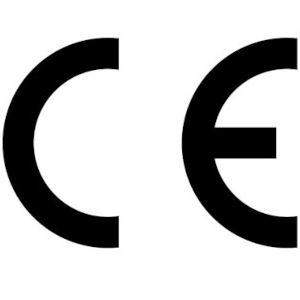
Furniture imported or manufactured in the EU are covered by various flammability standards. Further, the General Product Safety Regulation requires that all furniture sold in the EU are safe for consumers, which in turn ties back to ensuring compliance with relevant European standards.
In this guide, we take a look at the General Product Safety Regulation, EN 1021, EN 597 and other furniture flammability compliance requirements.
Continue reading Furniture Flammability Safety Standards in the European Union: An Overview






























